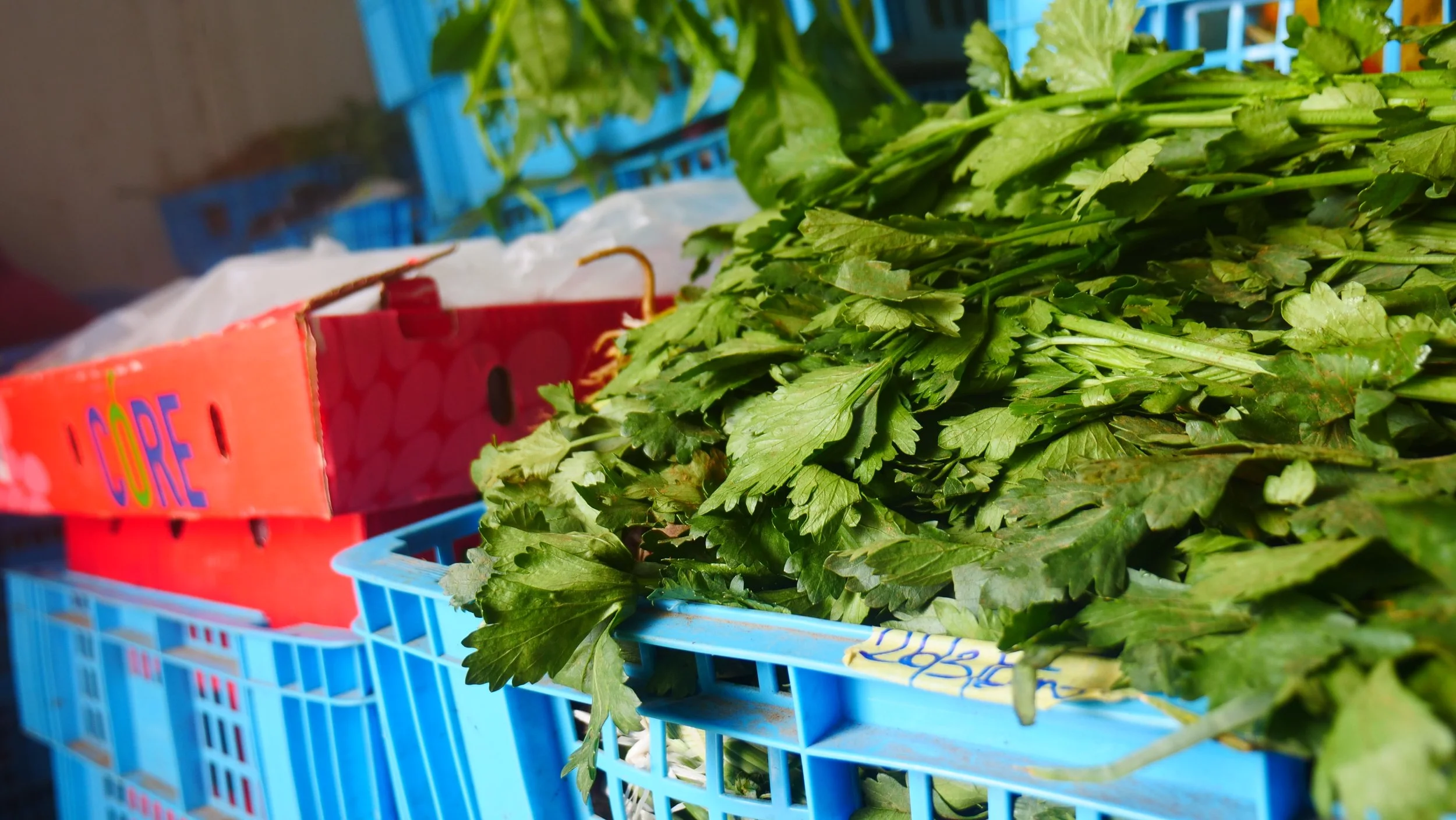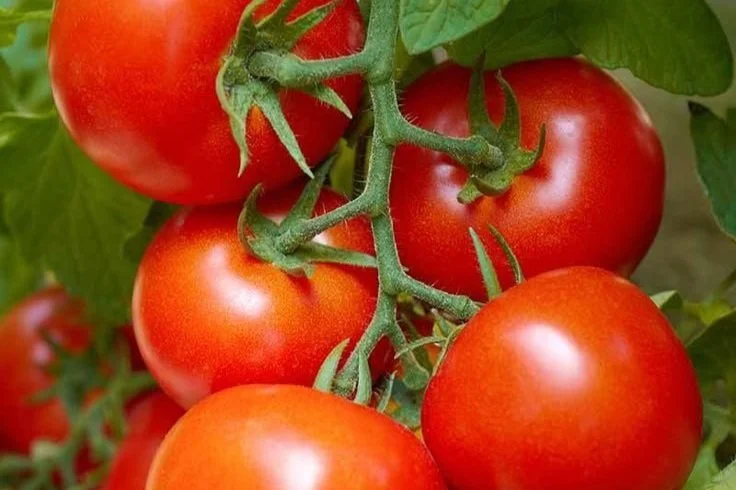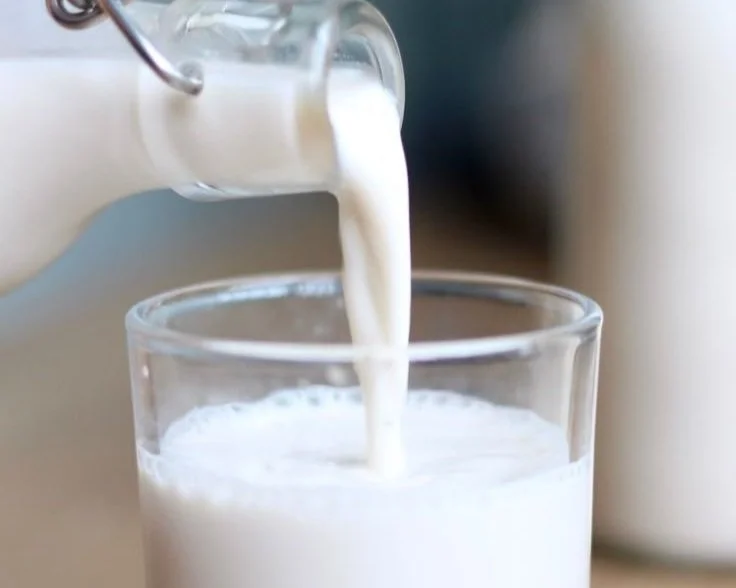When people hear “cold storage,” they often associate it with freezing, but is freezing truly the best preservation method for fresh produce? The answer is not always. While freezing works well for some items, it can actually damage the texture, appearance, and appeal of others. That’s why it’s important to understand the different cold storage options available.
Not every fresh product requires freezing. Some simply need a controlled cooling environment to stay fresh. For example, tomatoes don’t do well when frozen. Once thawed, they become soft, saggy, and unattractive. However, when kept in a cooling storage system that maintains a steady, non-freezing temperature, tomatoes retain their firmness, bright red color, and visual appeal for much longer.
Red meat is another example. Freezing can cause it to lose its rich red color, often turning it pale or whitish over time. In contrast, storing it in a cool environment (above freezing) helps preserve its natural appearance, making it look as fresh as when it was first cut.
Of course, there are some products like yogurt, milk, chicken, and fish that benefit from colder, more intense storage. Even then, the goal isn't always freezing but ensuring a consistent low temperature to prevent spoilage. Yogurt and milk, for instance, maintain their taste and color best when stored in a reliable 24/7 cooling solution, exactly the kind of service ColdHubs provides.




